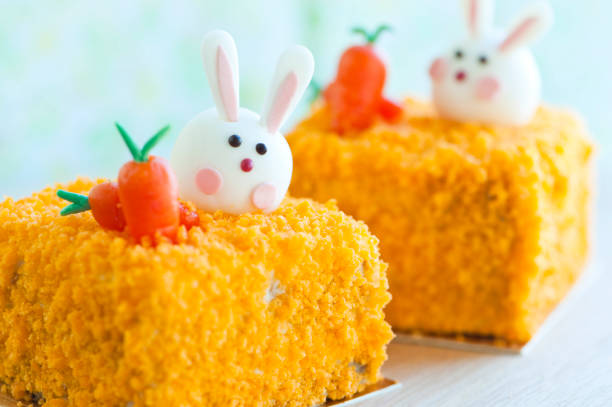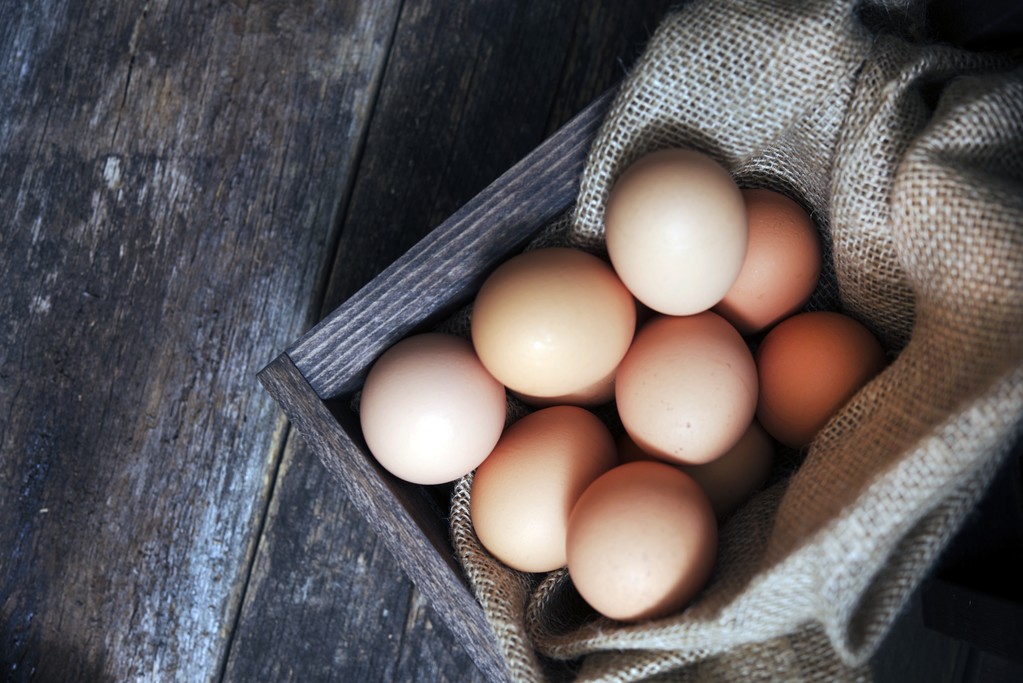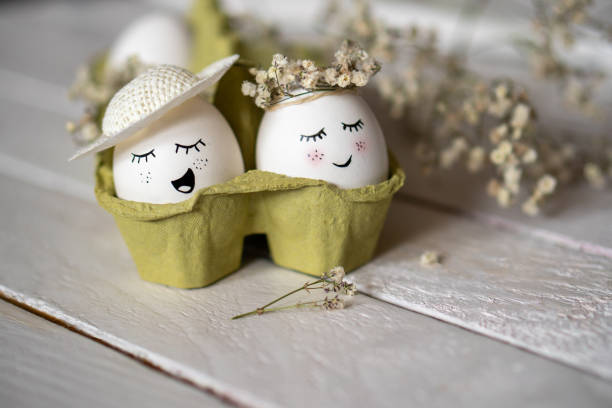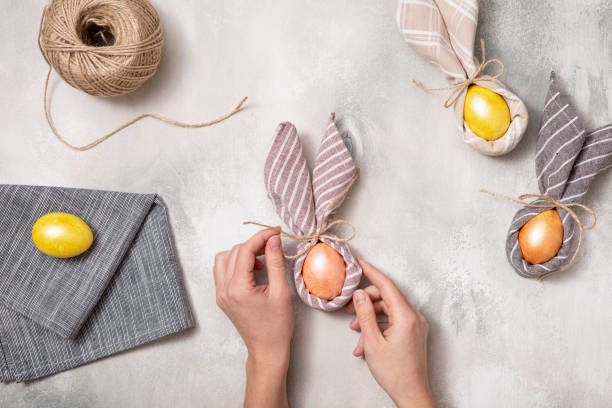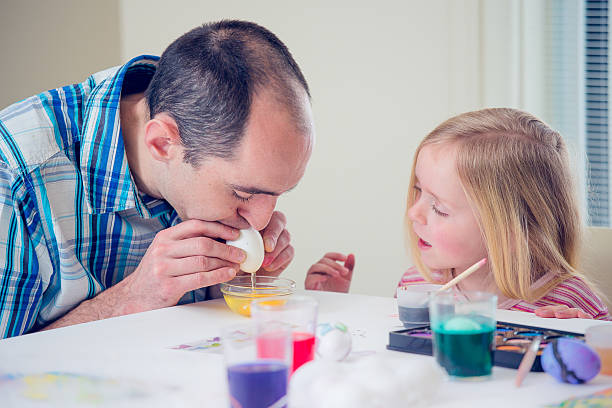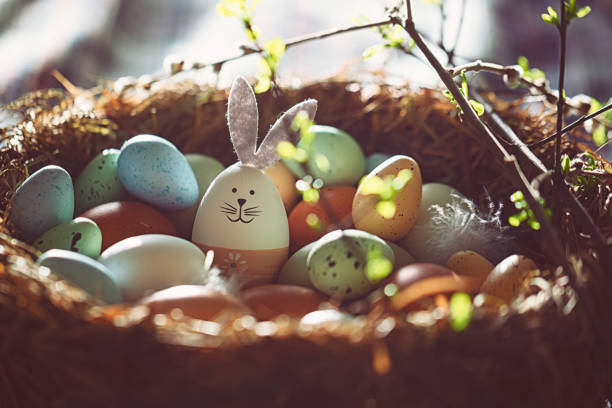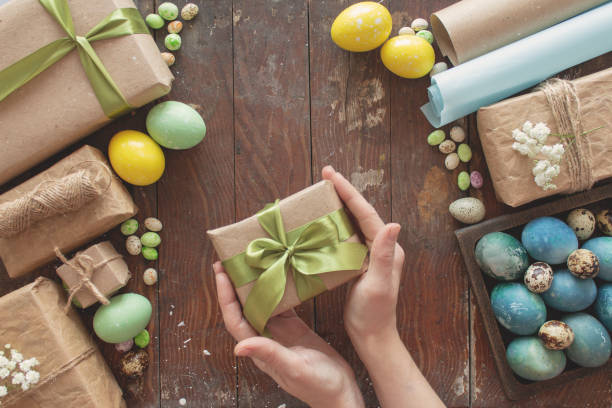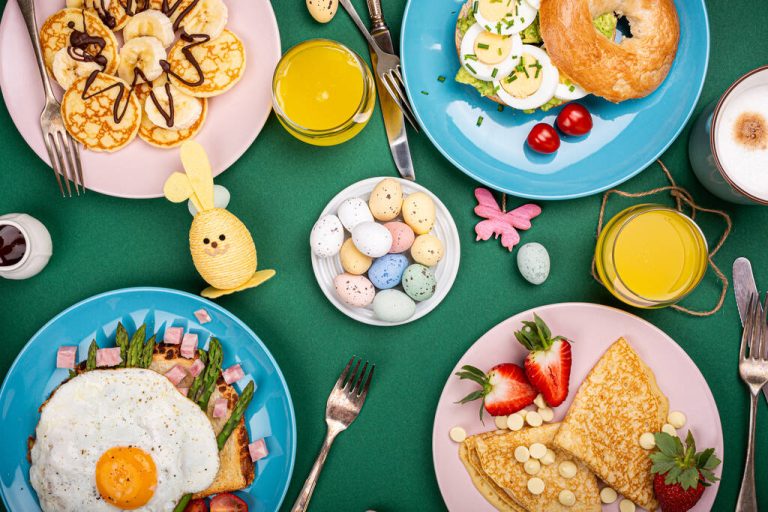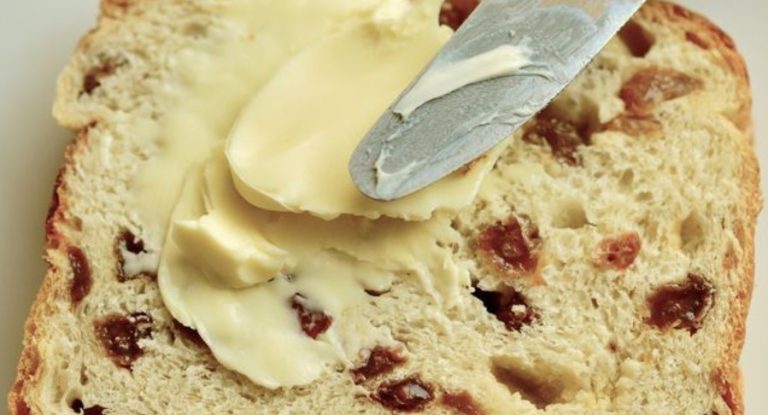Easter is just a few days away and you want to put something different on the table and plate this year than a home-baked Easter lamb or a carrot cake? We found great fun food ideas for you on Pinterest – the platform for virtual pinboards.
1. This is how breakfast becomes a highlight
Pancakes are quick to make in the morning and taste good for young and old alike. Instead of a normal stack, the pancakes can also be arranged into such a cute Easter bunny. A bit of whipped cream for the flower and banana and chocolate chips or blueberries complete the runs.

2. Slightly different pieces of cake
You don’t just want to serve your guests’ normal pieces of cake? Then simply make these great carrot pieces out of your sheet cake. Bake the carrot cake, as usual, let it cool down and then spread the frosting on top. Now – as shown in the picture – cut the cake into triangles. Then decorate them with orange-colored sugar mass and make the carrot greens from the green mass. Allow to harden on a baking sheet and use to complete the cake slices.
3. Easter cupcakes
Cupcakes could also use a real update at Easter. This cute version is very easy to make. Bake the cupcakes any way you like (any filling, etc.). Of course, the obligatory frosting should not be missing. Now sprinkle the frosting with cocoa nibs. Shape the bunny pieces out of fondant and place them on the cupcake.
4. For the health-conscious
If you also want to eat healthy at Easter, you can simply put together cute bunny faces or chicks from fruit or vegetables. For example, for the bunny you need kohlrabi or cheese, the ears are made of carrots, and the whiskers are made of cucumber. The little eyes form dried apricots or raisins cut into small pieces. Simple and awesome, right?
For the sweet chick, just carefully cut open an egg, here too the eyes are made with finely chopped dried fruit. The beak is conjured up by a carrot. How cute!
5. Easter scrambled eggs
With two strips of bacon, two blueberries, and a raspberry, a bunny can be conjured up on the scrambled eggs in no time at all. For the mustache hair, simply cut cheese into thin strips. Cream cheese is great for the whites of the eyes and nose.
6. It also works with fried eggs
Do you prefer fried eggs? No problem, this can also be trimmed for Easter in just a few simple steps. Two strips of bacon, two blueberries, and a few strips of cheese – that’s all it takes. It’s easy, isn’t it?
7. Slightly different cake shape
Who says cakes always have to be round or square? If you just bake two cakes, you can easily make a bunny head out of them with the typical long spoons. Simply bake the cakes as usual and let them cool. Now cut as in the picture above and then reassemble. Decorate with buttercream or fondant.
8. Fruity Egg
Bake a fluffy sponge cake and let it cool completely. Then cut it in the shape of an egg and spread it with custard or cream cheese. Now arrange the different fruits on the cake. There are no limits to fantasy.
9. Cinnamon rolls different
Thanks to the yeast dough, cinnamon rolls are light and taste good to almost everyone. At Easter, you can vary the shape a bit and make little bunnies out of it. The image above shows you exactly how to do it.
10. Vegan Easter Lamb

Fortunately, no lamb has to lose its life with this cake. Simply bake a lamb cake according to your personal taste and decorate it with a bow, for example. The vegan Easter lamb is fluffy and beautifully yellow!


